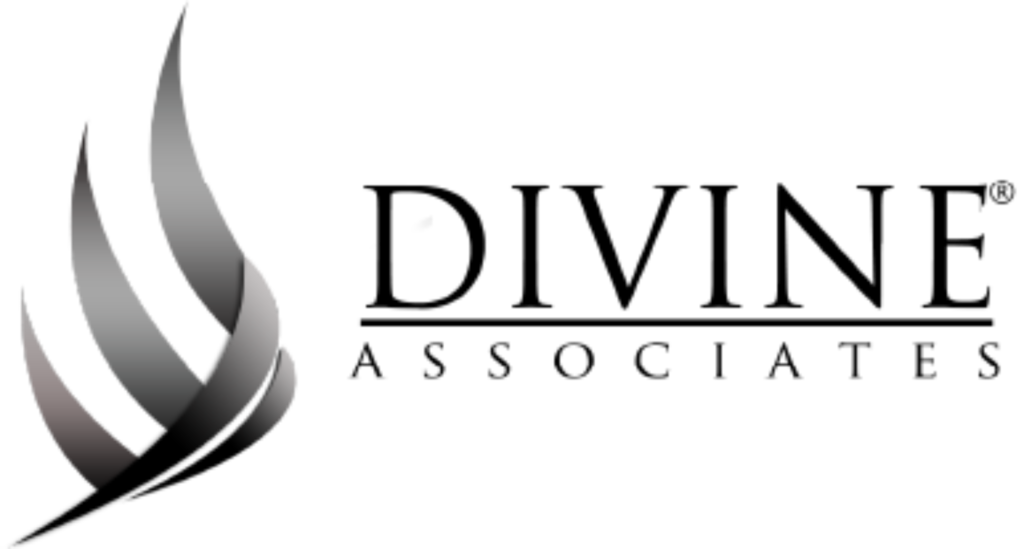The Netherlands is among the most densely populated countries in the world, with a surface area of more than 41,000 km2 and a population of around 17 million people. Under the ocean, there is a quarter of the Netherlands’ land area. The majority of the low-lying areas are polders, which are level areas of land with deceptively controlled water tables and obstacles all around them.
The two western seaside regions of North and South Holland, which are at the center of the country and have played a dominant role throughout its entire existence, are commonly referred to as “Holland” when discussing the Netherlands, which borders both Germany and Belgium. These regions are important to the economy since they border the Rhine-Maas estuary. They also house Rotterdam, The Hague (Den Haag), and Amsterdam, the country’s three main business and regulatory centers. They make up the combined zone of the Randstad conurbation, which has a population of about 7 million, together with Utrecht, the capital of the Utrecht region.
Twelve areas make up the Netherlands today: Friesland, Drenthe, and Groningen in the north; Zeeland, North Brabant, and Limburg in the south; and North and South Holland, Utrecht, Gelderland, Overijssel, and Flevoland (recovered from the Ijsselmeer) in the middle.
More than 22 million people live in the Netherlands and Belgium, where Dutch is the primary language. A small minority of people speak Frisian, a different dialect, in the Dutch region of Friesland.
The Netherlands is located in the UTC+1 time zone. Nevertheless, the clock is adjusted to mid-year UTC+2 from March to October in late spring.
The Netherlands experiences mild winters and pleasant summers due to its serene maritime climate. Geographically, strategically, and economically, the Rhine-Maas delta, with its largest seaport in the world, Rotterdam, is the most unique part of the country. This is where the climate design breaks, with the warmer mainland atmosphere facing southward and the more active climate design facing northward due to North Sea winds.
In the past, Dutch society was meticulously structured along rigid or ideological lines, with every group having its own clubs, worker’s groups, schools, newspapers, and so forth. In any event, the media, interested parties, and the instructional structure all give indications of this today. Even if attendance at church is declining, there are still two sizable, conservative groups in the Netherlands: Roman Catholic and Protestant, as well as various minorities like Muslims, Jews, and Hindus spread throughout the country. Still, about half of the population does not belong to any formal organization.
The Netherlands depends on the agreement and is susceptible to changes in global events due to its open economy. The Netherlands has a lengthy tradition of agreements based on direct and customary communication between government agencies, labor unions, and worker guilds. It is an individual from every major international organization.
